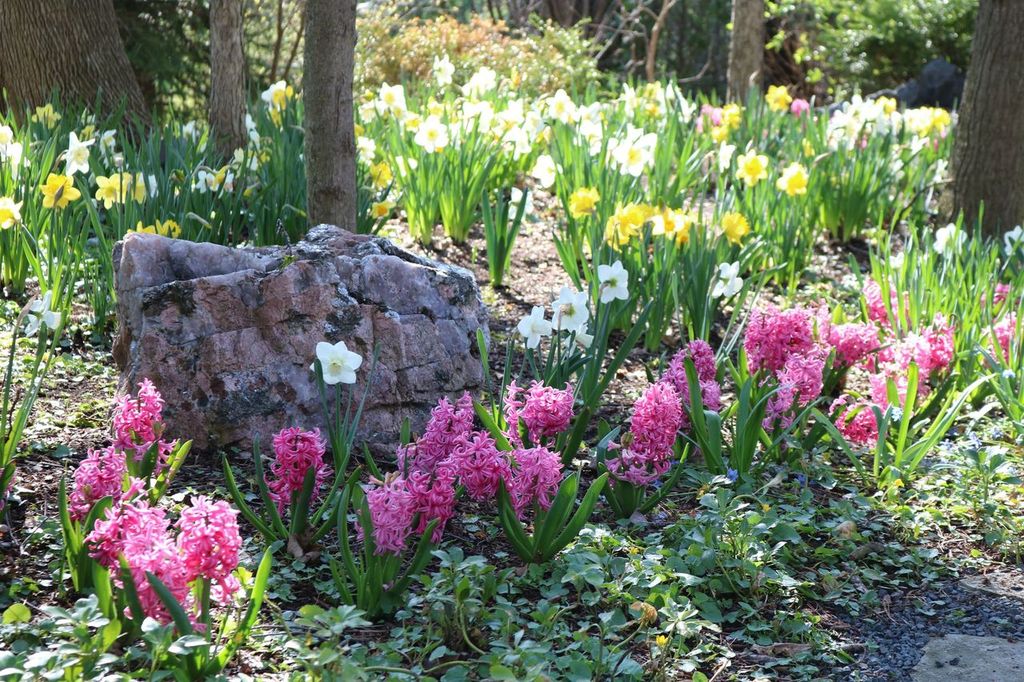This is the time of year we are putting our gardens to bed. But this is also the time to think about spring bulbs! They are super easy to plant and a great way to bring much needed color to the garden in early spring. Most bulbs need what is called vernalization, this is the process of exposing the bulb to cold temperatures to allow the plant to go dormant, this dormancy prepares the plant for a better blooming period. So if you live in a warmer climate be sure to purchase pre-chilled bulbs. There are so many varieties to chose from: you can extend the bloom time by selecting early to late blooming bulbs!
Once you have decided what to plant you’ll have to decide where to plant! Make sure you have selected a full to part sun location, bulbs won’t do well in the shade. The site must also be well drained, a wet spot will get you rotten bulbs! Prepare your soil for planting by first tilling the soil and then adding peat or compost to it. You are now ready to plant.
For a natural look you’ll want to plant in groups, don’t line them up like soldiers unless you are planting them in a cut flower garden. As a general rule of thumb planting depth should be 3-4 times deeper than the bulb is tall. Place the bulbs pointy side up or if no pointy side, look for roots and plant the roots down. Fill the hole back up with your amended soil and then cover with mulch. Water well in the fall so the roots start growing.
Now sit back and wait for spring! Bulbs are often the bright spot at the end of long winter. They are relatively inexpensive, easy to grow and will easily reward you with years of enjoyment!
Don’t have time to get your bulbs in the ground give us a call and we’ll do the work for you!
